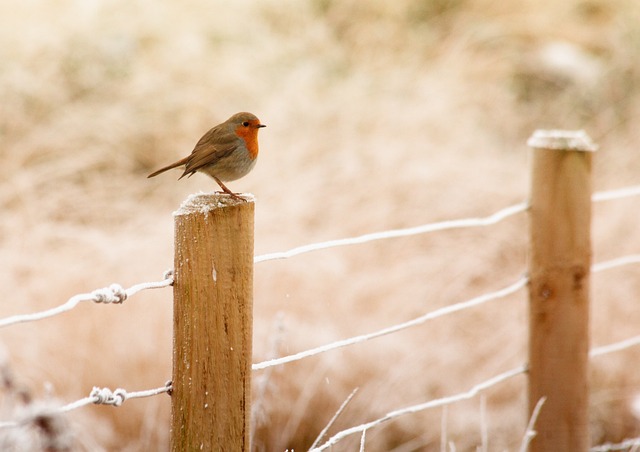Eye on the Sky
March 5, 2023

What do you say when the first robin of the year turns into a robin invasion? This first week or two of March I expect to see a robin in the yard. We built our house in 1991 and I am fairly certain that the latest return of robins to our yard was St. Patrick’s Day.
If I want to focus on the first robin of the year, that actually was in January. We had a stretch of very little snow on the ground and temperatures slightly above freezing. I saw the robin in the back yard where the sump water drains out. Since we have a high water table here the pump runs all year long and there is a little patch of green grass. The deer are regular visitors there as they can get a drink and a nibble. Whether that robin found anything to eat there, all I can say is I didn’t see him again. I am sure that particular bird never went south at all. I know some would be quick to blame global warming, but while the average temperature may be up slightly, the ground is still frozen and usually under some snow and ice; certainly not the kind of conditions that should appeal to a bird that prefers to feed on worms. I chalk it up to questionable intelligence and poor planning.
Strays aside, I noticed five robins bunched around the sump drain on Thursday, March 2nd. Given that there were several birds there it is safe to assume that these birds are actually the first wave of the spring migration. If there was any doubt in my mind it is erased today. As I write this on the morning of March 3rd, there are six robins in the yard; another three are perched in a nearby ash tree; there are five robins eating dried crabapples in the tree in the back yard, and another five birds eating cranberries in the tree in the front yard. It is a full-scale invasion.
And yet there is a good foot of snow on the level from last Monday’s storm. The feeders were besieged by juncos, chickadees, finches, blue jays and cardinals just before and during the storm. It was amazing that such little birds were so active even when the snowflakes seemed as large as them. Every bird was of a species that you would have expected to be here in late winter. A tom turkeys tried to join them Tuesday afternoon. I saw him coming over the big snow bank formed when the plow came though. He was struggling to make headway. He was just too large and even with the three long toes of his foot splayed widely he broke through the surface crust about every other step. He looked frustrated and finally took flight toward to woodlot to the south of us. No doubt it was much easier to fly than to try to walk in that snow.
I am also remembering now in this aviary report that I saw a kestrel, or sparrowhawk, perched on the power lines last week. The ‘sparrow’ in its name not because of its diet, but because of its small size. I not sure why ‘hawk’ is in its name, because it is actually the smallest member of the falcon family. One of my favorite traits of the bird is its ability to hover in mid-air while it tries to zero in on its prey. That trait caught the eye of Gerard Manley Hopkins too, as he marveled in his poem, The Windhover, of “the mastery of the thing”. Early or not, though, now that the robins and sparrowhawks have started the spring migration, others will surely not be long in coming.
His Peace,
Deacon Dan
